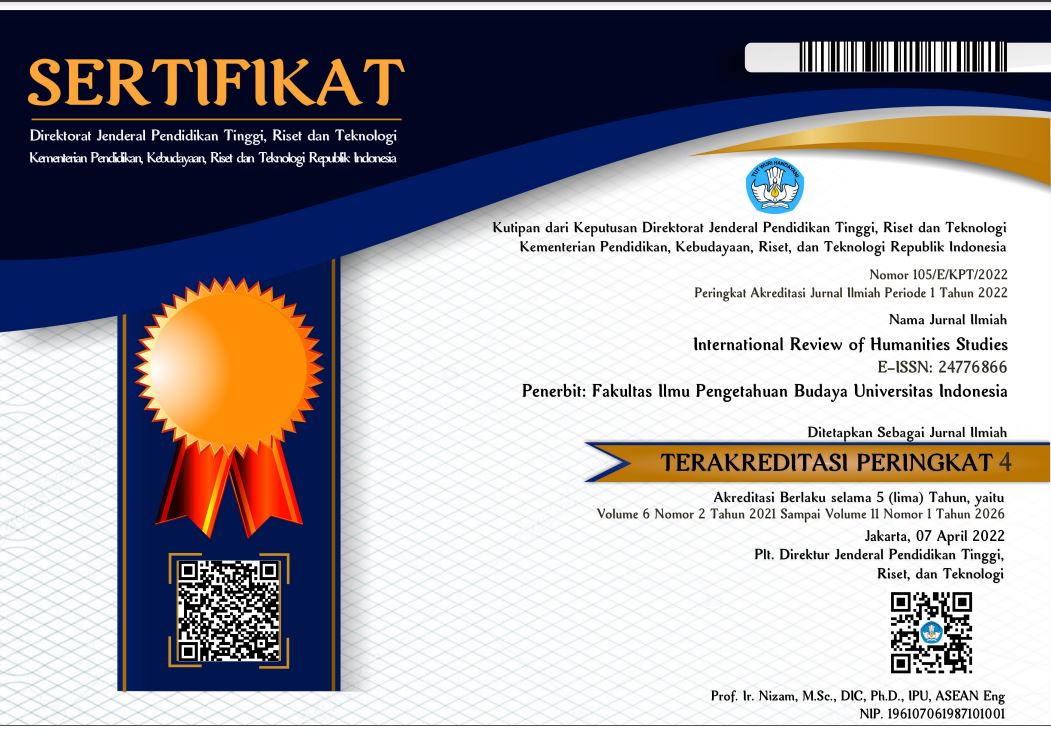International Review of Humanities Studies

Abstract
This paper wants to show the relationship between bronze statues and mandala. The object of the research is 23 small bronze statues of Nganjuk owned by the National Museum. These statues were once part of a statues collection found in the rice fields of Candi Lor, Nganjuk in 1913. Candi Lor is a temple built by Mpu Sindok. This paper presumes that these bronze statues of Nganjuk are statues that were placed on the altar during the Mpu Sindok era for ritual purposes. This paper argues that the Nganjuk bronze statues represent a certain type of mandala. The paper shows that the mandala of the statues is the Vajradhatu Mandala. For this purpose, this study is using the Vajradhatu Mandala concept of Shingon Buddhism. F.D.K Bosch in an article in 1929 mentioned the possibility of reading the Nganjuk statues based on the Shingon mandala, but he wrote about it briefly. Shingon Buddhism is a sect of Buddhism in Japan, which has been known since the 9th century to date using the Vajradhatu Mandala. Shingon founder, Kukai, studied the concept of the mandala in China. Recent studies show the concept of Vajradhatu Mandala was not only brought by Kukai to Japan but also spread to Southeast Asia, although it was later replaced by other types of mandalas.The Vajradhatu Mandala is a mandala centered on Vairocana. There is a core layer and an outer layer in the Shingon concept in the Vajradhatu Mandala. The core layer consists of 37 main pantheons and the outer layer is a layer that contains protective deities. The last layer of this outer layer is called Trailokyavijaya that consists of the incarnations of Vajrapani and several deities that have krodha’s expression. The objective of this paper is to show that the remaining Nganjuk statues owned by the National Museum have these elements: Vairocana, the Four Tathagatas, and also Trailokyavijaya.
Recommended Citation
Suyono, Seno Joko
(2023)
"NGANJUK BRONZE STATUES (ARCA) ANALYSIS BASED ON THE CONCEPT OF VAJRADHATU MANDALA IN SHINGON BUDDHISM,"
International Review of Humanities Studies: Vol. 7:
No.
2, Article 8.
DOI: 10.7454/irhs.v7i2.461
Available at:
https://scholarhub.ui.ac.id/irhs/vol7/iss2/8


